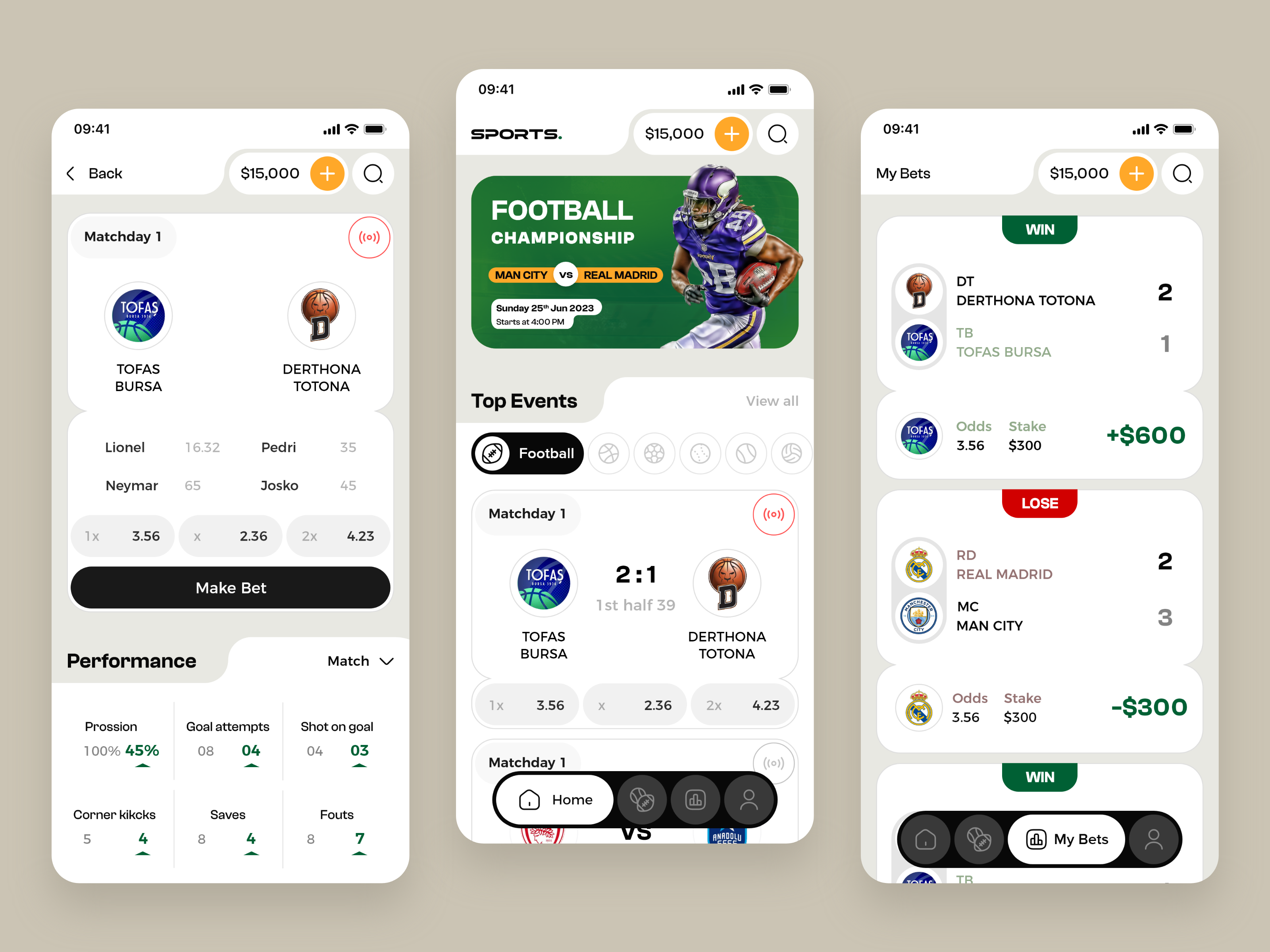Uncovering Secrets: Hookup Detectives
Explore the world of modern relationships and dating with insights from our hookup detectives.
Betting Without the Headache: UX Patterns That Keep Gamblers Coming Back
Discover UX patterns that engage gamblers and enhance their experience. Learn how to make betting fun and hassle-free for repeat visits!
Understanding User Experience in Online Gambling: Key Patterns for Retention
Understanding User Experience (UX) in online gambling is crucial for enhancing player retention. A well-designed interface, intuitive navigation, and engaging graphics not only attract new users but also keep them coming back. Key patterns to consider include load times, which can make or break the initial impression; seamless payment processing to minimize frustration; and personalized content that resonates with individual player preferences. Furthermore, incorporating user feedback into the design process can significantly improve overall satisfaction and loyalty.
Another vital aspect of UX in online gambling is ensuring responsible gaming practices are front and center. Players are more likely to remain engaged if they feel supported and safe. Including features like self-exclusion tools, deposit limits, and easy access to support services enhances trust and establishes a positive relationship with players. Additionally, offering tutorials or guides for new users can demystify the gambling experience and help users navigate the platform effectively, ultimately contributing to better retention rates.

Counter-Strike is a popular first-person shooter game that has captivated millions of players worldwide. It involves intense team-based gameplay where players must strategize and work together to complete objectives. For those looking to enhance their gaming experience, using a cloudbet promo code can provide exciting benefits.
The Psychology of Betting: How UX Design Influences Decision-Making
The world of betting is not just about luck and chance; it operates profoundly on human psychology. Understanding the psychology of betting reveals how players make decisions often influenced by the design of the user interface (UI) and experience (UX) they interact with. Research shows that color schemes, layout structures, and even the language used in a betting platform can significantly shape a user's emotional state and decision-making process. A compelling UX design can create a feeling of trust and safety, encouraging users to engage more deeply, while poor design can lead to confusion and frustration, which may deter betting activity.
Furthermore, elements of gamification in UX design play a crucial role in the psychology of betting. By incorporating features such as leaderboards, rewards, and progress tracking, designers can tap into users' natural competitive spirit and desire for achievement. This results in increased stake amounts and prolonged engagement, as users feel more invested in the betting experience. As a result, understanding how UX design influences decision-making can be a game-changer for betting platforms aiming to enhance user retention and drive revenue in an increasingly competitive market.
Are You Making These Common UX Mistakes in Your Betting Platform?
When developing a betting platform, user experience (UX) should be at the forefront of your design strategy. Many platforms fall into the trap of overcrowding their interfaces with unnecessary information or options, which can overwhelm users and lead to frustration. Common mistakes include failing to provide intuitive navigation, lack of responsive design elements, and not optimizing for mobile devices. Users should be able to place bets effortlessly and find information with ease. Avoid clutter by utilizing whitespace effectively and prioritize the most critical actions on your platform.
Another prevalent issue involves loading times. If your betting platform takes too long to load, potential customers may abandon it in favor of faster alternatives. It's crucial to conduct regular performance testing and optimize your site’s speed. In addition, ensure that your platform is fully accessible to individuals with disabilities. Implementing features such as screen reader compatibility and clear, readable fonts can enhance the UX for all users. Take these aspects seriously; refining these elements can vastly improve your site's usability and user satisfaction.